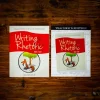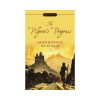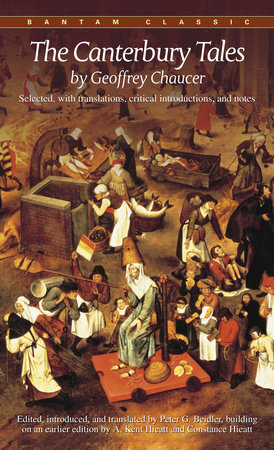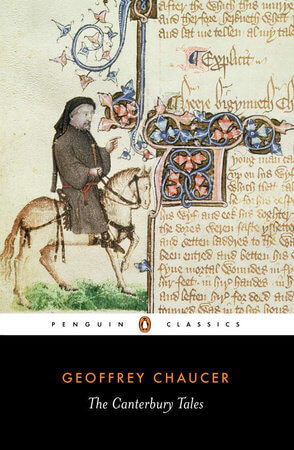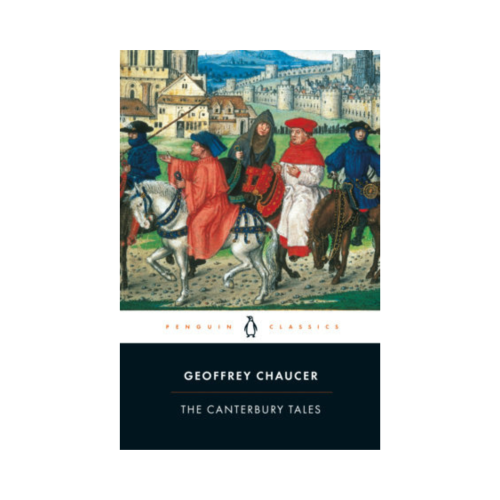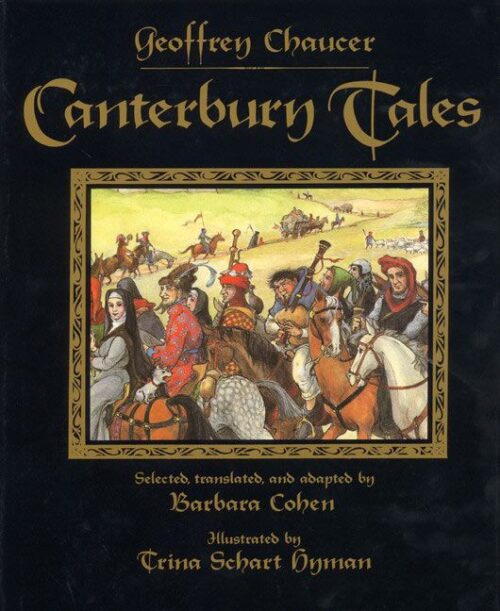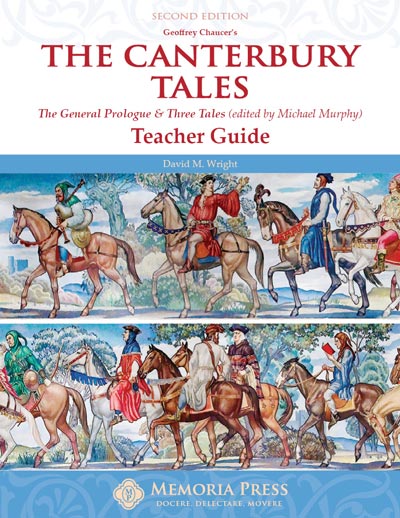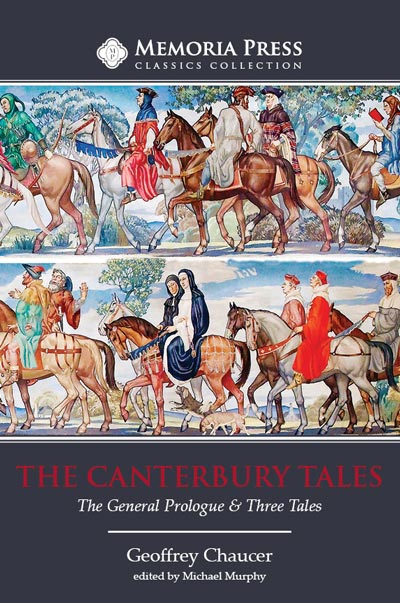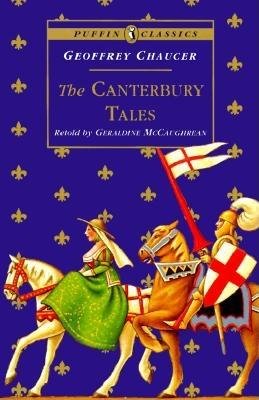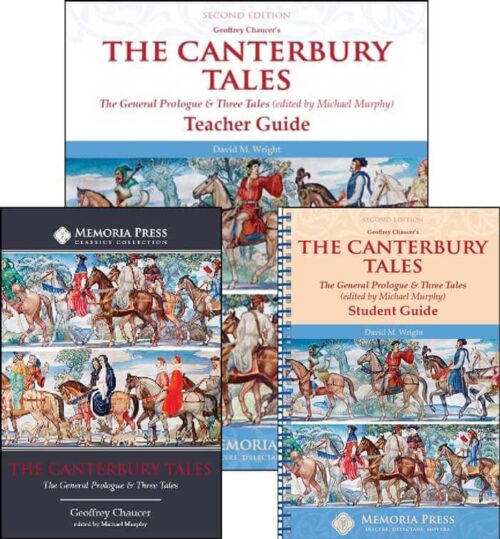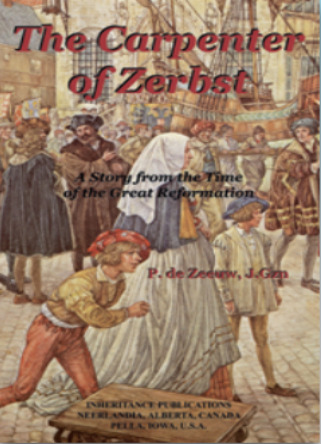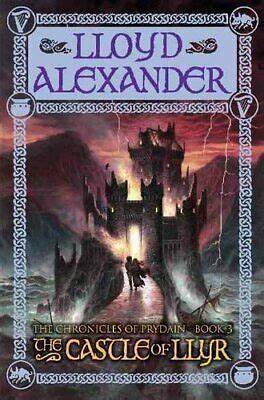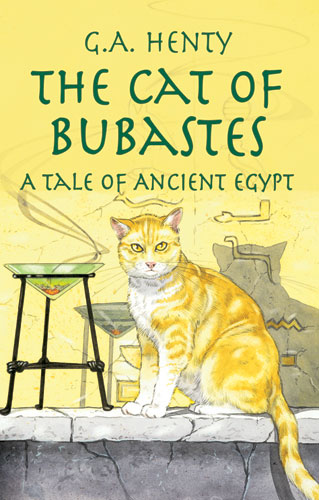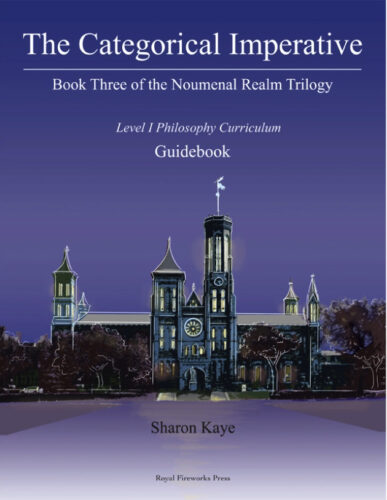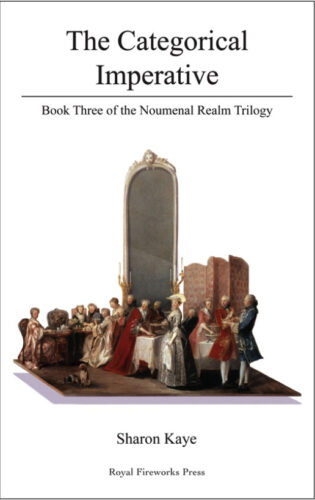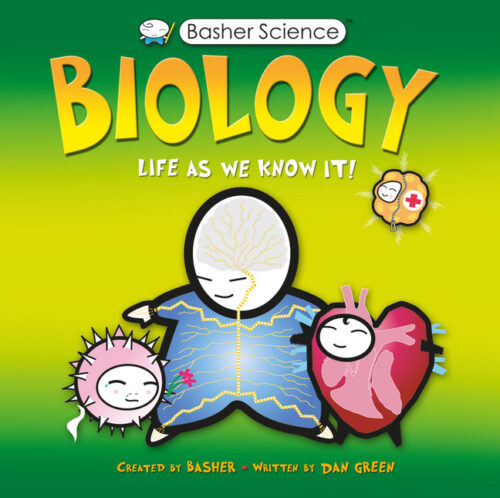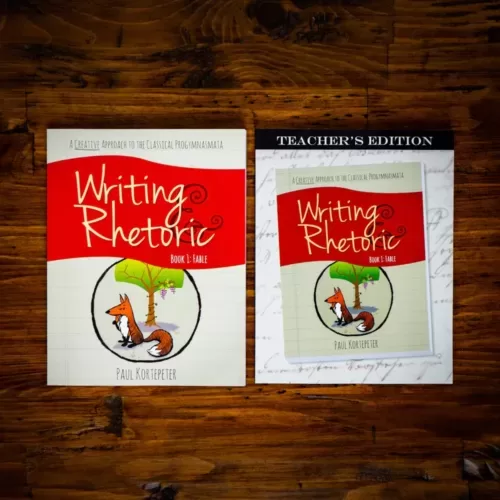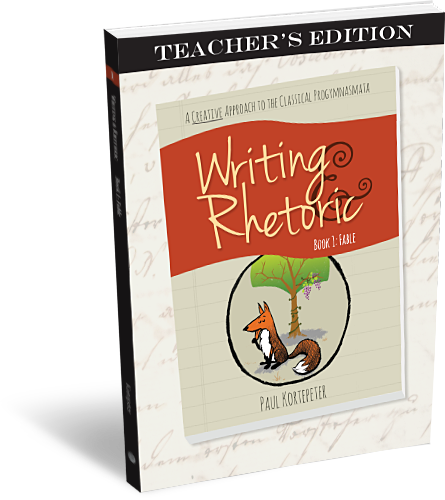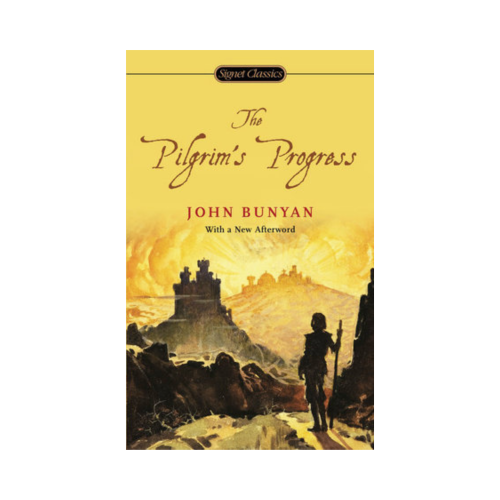-
Basher Science: Biology $12.99 QTY: 1Quantity
-
Writing and Rhetoric Book 1: Fable - Set
- Includes:
Writing and Rhetoric Book 1: Fable - Student Edition × 1
Writing and Rhetoric Book 1: Fable - Teacher's Edition × 1
Writing and Rhetoric Book 1: Fable - Audio Files × 1
Quantity -
The Pilgrim's Progress (Signet) $9.99 QTY: 1Quantity
- “The Book of Roots - Answer Key” already exists in your wishlist
-
This comprehension guide covers both The Call of the Wild and White Fang.1 GradeSku: 9781932168723
The Call of the Wild and White Fang – Comprehension Guide
By: Ned Bustard$26.50 -
Lively, absorbing, often outrageously funny, Chaucer’s The Canterbury Tales is a work of genius, an undisputed classic that has held a special appeal for each generation of readers. The Tales gathers twenty-nine of literature’s most enduring (and endearing) characters in a vivid group portrait that captures the full spectrum of medieval society, from the exalted Knight to the humble Plowman.Sku: 9780553210828
The Canterbury Tales
By: Geoffrey Chaucer$8.99 -
The Canterbury Tales depicts a storytelling competition between pilgrims drawn from all ranks of society. The tales are as various as the pilgrims themselves, encompassing comedy, pathos, tragedy, and cynicism.Sku: 9780140422344
The Canterbury Tales
By: Geoffrey Chaucer$32.00 -
In The Canterbury Tales Chaucer created one of the great touchstones of English literature, a masterly collection of chivalric romances, moral allegories and low farce.Sku: 9780140424386
The Canterbury Tales
By: Geoffrey Chaucer, Translated by Nevill Coghill$15.00 -
A vigorous treatment of The Nun's Priest's Tale, The Pardoner's Tale, The Wife of Bath's Tale, and The Franklin's Tale.Sku: 9781958955147
The Canterbury Tales
By: Geoffrey Chaucer, Translated by Barbara Cohen$37.50 -
The Canterbury Tales Student Guide, Second Edition increases the student’s vocabulary and reading comprehension by providing in-depth vocabulary study, reading notes, comprehension questions, and more.3 GradesSku: 9781547701131
The Canterbury Tales – Student Guide (2nd Edition)
By: David M. Wright$18.95 -
The Canterbury Tales Teacher Guide, Second Edition contains the answers to the The Canterbury Tales Student Guide, Second Edition and the Quizzes and Tests.3 GradesSku: 9781547701148
The Canterbury Tales – Teacher Guide (2nd Edition)
By: David M. Wright$18.95 -
The Canterbury Tales by Geoffrey Chaucer is a collection of 24 tales framed as a story-telling competition between fellow travelers on their way to visit the grave of Saint Thomas Beckett at Canterbury Cathedral.3 GradesSku: 9781547702060
The Canterbury Tales (Prologue & Three Tales) – Text (Second Edition)
By: Geoffrey Chaucer$19.50 -
Read an Excerpt David Wright's prose version of Chaucer's classic.Sku: 9780140380538
The Canterbury Tales (Puffin Classics)
By: Chaucer, Geoffrey$9.50 -
SaleThe Canterbury Tales Student Guide, Second Edition increases the student’s vocabulary and reading comprehension by providing in-depth vocabulary study, reading notes, comprehension questions, and more.
The Canterbury Tales Set
By: David M. Wright$57.40Original price was: $57.40.$51.67Current price is: $51.67.By: David M. Wright$57.40Original price was: $57.40.$51.67Current price is: $51.67. Add to cart Quick View -
SaleCanterbury Text Sample Canterbury Tales Student Sample Canterbury Teacher Sample The Canterbury Tales by Geoffrey Chaucer is a foundational work in English poetry which every student should read. The Student and Teacher Guides will increase the student’s vocabulary and reading comprehension. About the text: “Chaucer’s Canterbury Tales—witty, bawdy, zany, satirical, and literary. From the late medieval period on, Chaucer has been considered the “father or English poetry.” Indeed, his Middle English verse electrified the day with its satire of English society. Writing in the later 14th century, he caused ripples with his bold move to write in the vernacular English instead of the expected literary Latin. With prophetic wisdom, he sensed the potential of English to absorb elements from many languages, making it the literary language of the future—opening the way for Shakespeare. Michael Murphy’s deft Reader-Friendly Edition presents Chaucer’s original words put into modern spelling, thereby preserving the literal Chaucerian Middle English without the unnecessary obstacle of fourteenth century spelling. Enjoy these surprising tales told by a group of quirky medieval English pilgrims in a storytelling contest on their journey to the shrine of St. Thomas Becket, Archbishop of Canterbury. This volume includes Chaucer’s General Prologue, The Pardoner’s Tale, The Nun’s Priest’s Tale, and the Franklin’s Tale.”1 GradeSku: QB:01039374003464
The Canterbury Tales Set (Second Editions)
By: Geoffrey Chaucer$54.25Original price was: $54.25.$46.11Current price is: $46.11.By: Geoffrey Chaucer$54.25Original price was: $54.25.$46.11Current price is: $46.11. Add to cart Quick View -
Johan Tetzel, the indulgence pedlar, was coming to the town of Zerbst. However, Otto Maehler was forbidden to join the procession to meet this distorter of God’s truth. Father Maehler called Tetzel a blasphemer and after going to the church to tell the people so, he lost favour with the town magistrates. Despite the fury of the magistrates, Father Maehler offered Martin Luther the cup of honour. But the consequences were harsh. Their lives were spared, but . . . Where had Martin Luther gone? Join Otto’s family as they cling to God’s promises through all their grief and tension. Witness with joy the work of God in the lives of His children as well as in the lives of the enemies of the cross.Sku: 9781894666343
The Carpenter of Zerbst
By: P. de Zeeuw, J. Gzn$9.95 -
Princess Eilonwy hates to leave her friend Taran, Assistant Pig-Keeper, and her beloved home, Caer Dallben. Why does she have to go to the Isle of Mona to train as a proper lady when she's already a princess?Sku: 9780805080506
The Castle of Llyr
By: Lloyd Alexander$10.95 -
Chebron, the young son of an Egyptian high priest, and Amuba, a young slave in the boy's household, are close friends; but their lives are greatly altered when Chebron accidentally kills a cat, an animal held sacred by the ancient Egyptians. Forced to flee for their safety, the boys and their companions begin a long and dangerous journey.Sku: 9780486423630
The Cat of Bubastes: A Tale of Ancient Egypt
By: G. A. Henty$16.00 -
The Categorical Imperative guidebook, for both instructors and the students themselves, explores the philosophical bases behind the concepts introduced in the novel. These include the beliefs and ideas of Socrates, Mill, Kant, Rousseau, Hume, John Milton, Shakespeare, Newton, Einstein, Alan Turing, and others. It also provides a summary of the plot developments, a philosophical basis for the key concepts of each chapter, discussion questions, and more.4 GradesSku: 9780898248371
The Categorical Imperative – Guidebook
By: Sharon Kaye, Ph.D.$22.95 -
In this novel, three middle schoolers enter virtual reality to track down Rousseau, Hume, and Kant in order to battle skepticism. Rousseau’s concept of autonomy shows that humans should obey only their own laws. But can autonomy provide a new foundation for both science and morality, as Kant insists? The youngsters discover what it means to obey your own laws and discover that reality is more amazing than they ever dreamed.4 GradesSku: 9780898248364
The Categorical Imperative – Student Book
By: Sharon Kaye, Ph.D.$22.95


